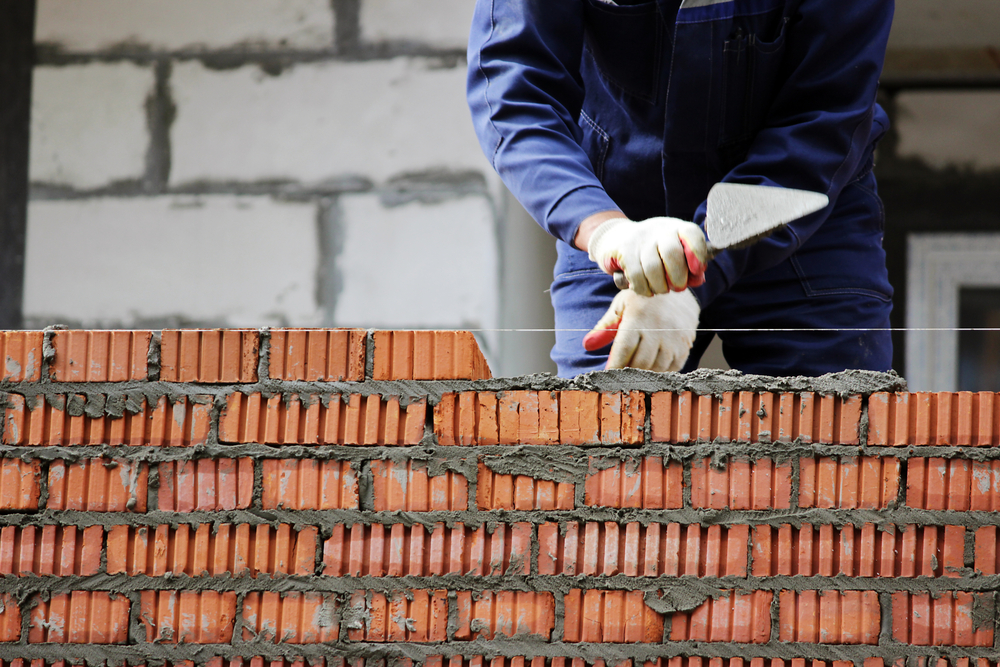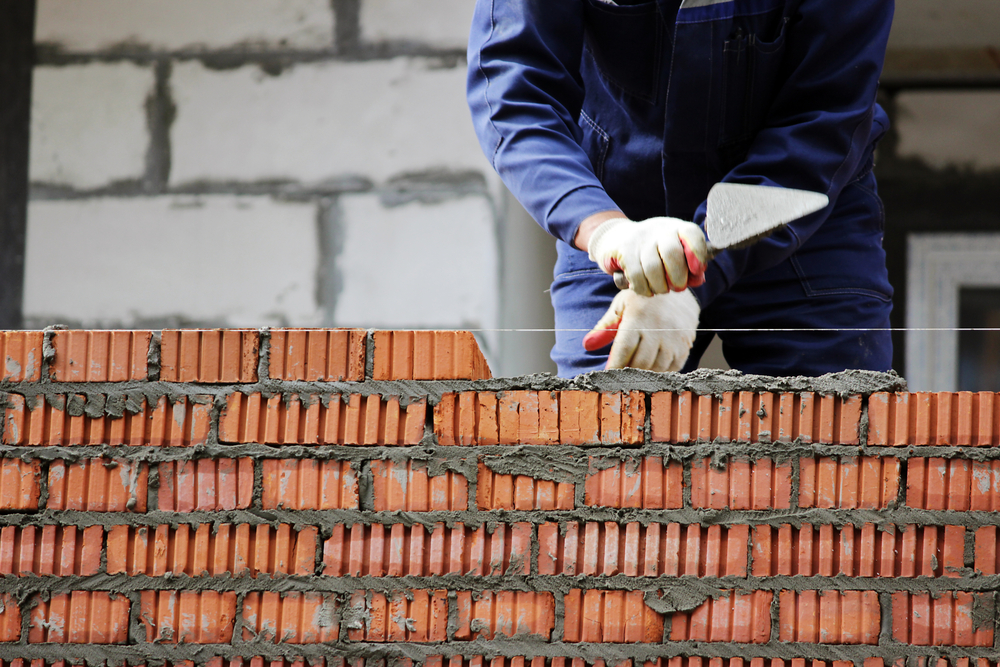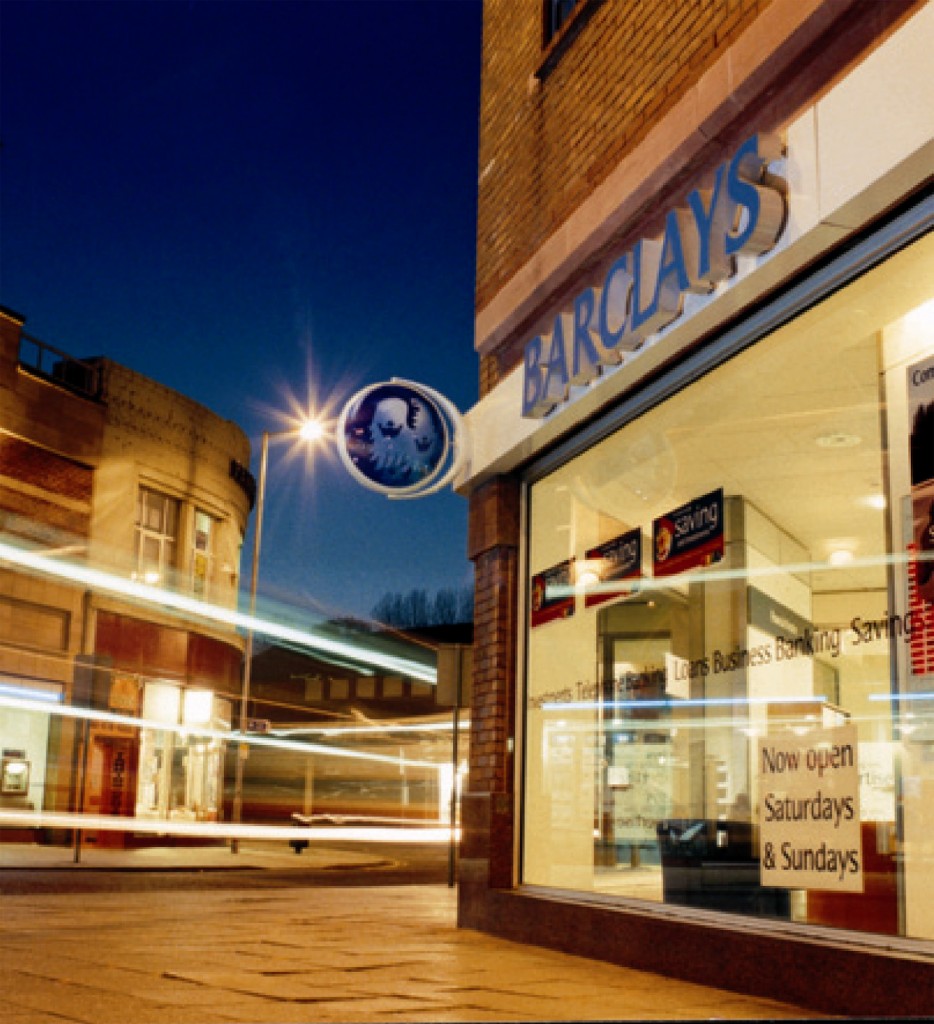
Bellway plans to build around 7,500 homes next year, 31% fewer than it built 12 months ago, in a move that sent a range of listed housebuilders into the red.
Bellway says it hopes to complete around 7,500 homes by the end of July 2024, down from 10,945 homes in its 2023 financial year.
“Given the reduced order book and prevailing lower reservation rates, there will be a material reduction in volume output in the current financial year,” the housebuilder says in its full-year results statement.
It adds that its precise homebuilding numbers over the coming 12 months will depend “on the trajectory of mortgage interest rates and the strength of demand in the autumn and spring selling seasons”.
Bellway said its full-year revenues fell 3.7% to £3.4bn the year to the end of July, while underlying pre-tax profits were down 18.1% to £532.6m.
The housebuilder says its policy of “accelerating the construction of social homes, partially offset weaker private demand, which was impacted by higher mortgage interest rates, cost-of-living pressures and the end of [the government’s] Help to Buy [programme]”.
Bellway shares slumped as much as 4.2% in early trading, while Taylor Wimpey was down 2.7% and Barratt Developments was down 2.2% — before these stocks recovered by late morning.
Yesterday, thinktank Policy Exchange said the UK needs to build 442,000 homes a year for more than the next two decades to make up for its long-term shortage.
Last week, at its national conference, Labour leader Keir Starmer pledged to build 1.5 million homes in five years if the party was returned to government, which includes green belt construction.
The government has an advisory target of building 300,000 homes a year. Prime Minister Rishi Sunak has ruled out building on the greenbelt.
Together business development director Matt Boggan says: “As housebuilding takes centre stage in the battle for the nation’s hearts and mind, the real question remains — who is going to finally sort out the housing supply and demand issues which plague communities nationwide?”
Boggan adds: “While there is no magic bullet, factoring brownfield sites into new government housing agendas is critical. This would provide part of the solution — levelling up in the regions by delivering growth and prosperity for future generations.”



